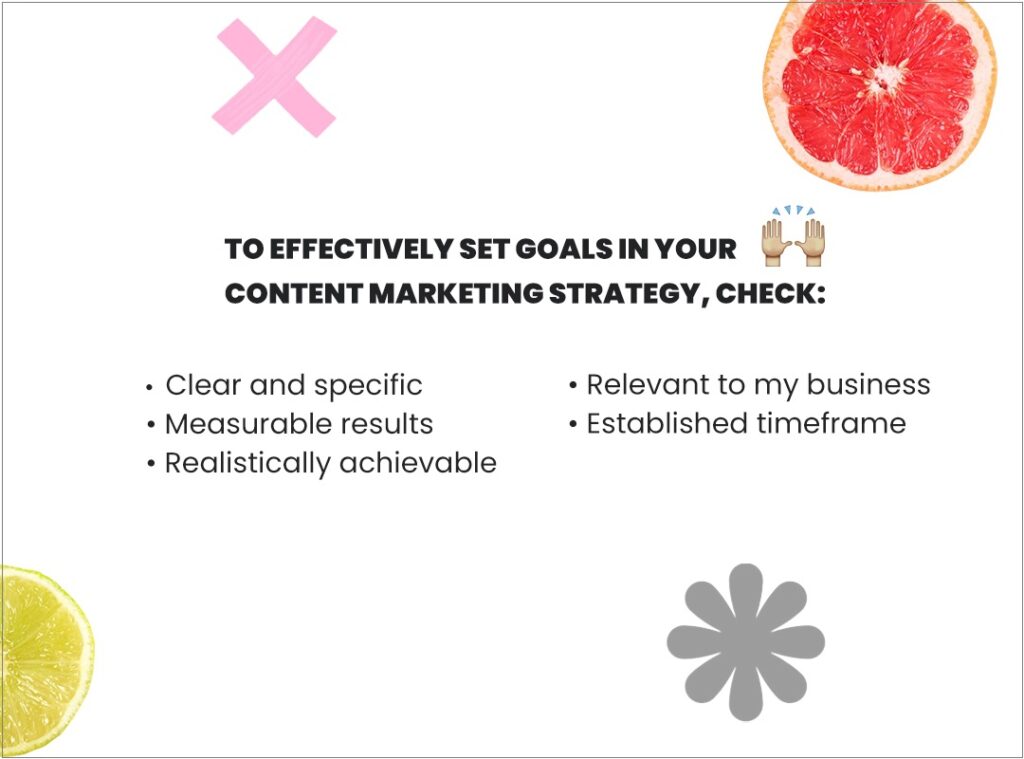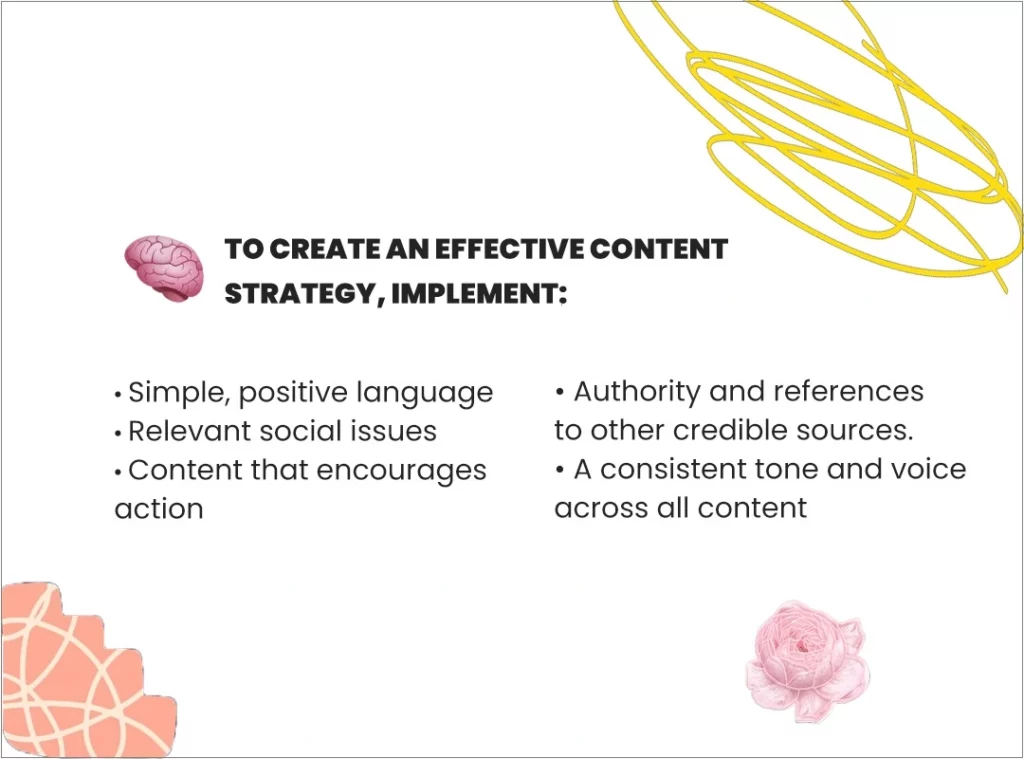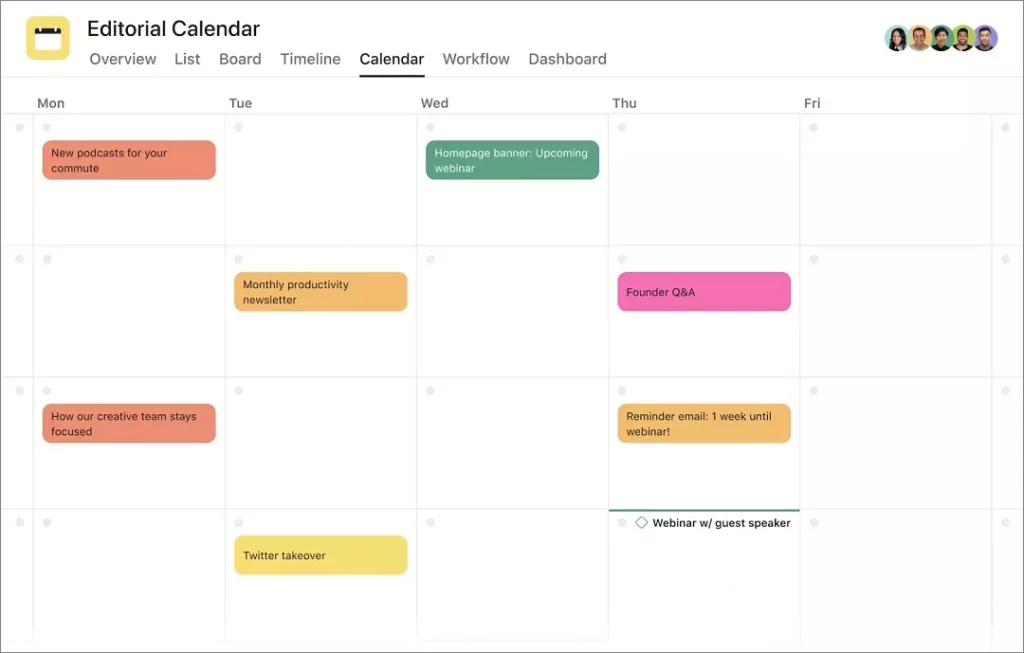Content distribution forms the backbone of modern marketing success. While major companies invest millions in content marketing, you don’t need a Fortune 500 budget to achieve remarkable results. An effective content distribution strategy is all about smart planning, audience understanding, and choosing the right channels for your message. This comprehensive guide will walk you through creating a content distribution plan that delivers measurable outcomes for your business, regardless of your size or resources.
Table Of Contents
The Power of Content Distribution in Today’s Marketing Landscape
Did you know that some of the world’s biggest companies spend millions of dollars on Content Marketing every year? It’s true. Budgets for Content Marketing alone can run north of $60,000 a month — and that’s on top of the traditional multi-million-dollar Marketing budgets.
But don’t be discouraged by these enormous numbers. Whether you’re a small business or a one-man shop, you can compete with the big boys by developing a content marketing distribution strategy.
7 Steps to Develop an Effective Content Distribution Strategy
I understand the urge to jump right in and start creating content immediately. However, like training for a triathlon, you need a structured approach to succeed. Without proper planning, you’ll likely abandon your efforts before seeing results. Let’s break down the essential steps to create a distribution strategy that delivers.

1. Audit Your Current Content Assets
Before launching new content initiatives, take inventory of what you already have. This audit should examine every piece of content you’ve published—blog posts, social media updates, landing pages, videos, and more. Analyze their performance metrics to identify patterns in what resonates with your audience.
Key questions to address during your audit:
• Which content pieces drive the most engagement?
• Where are users dropping off without taking action?
• How much time do visitors spend with your content?
• What’s the conversion rate from content consumption to desired action?
Consider creating an effort-to-results ratio for different content types. If a blog post took 15 hours to produce but generated only a 5% conversion rate, while an email campaign achieved 4% with just one hour of work, you might want to reallocate resources accordingly.
2. Establish Clear, Measurable Distribution Goals
How do you set an effective content distribution goal? It all starts with a few key questions. What do you want to achieve? What do you want to see at the end of the finish line? These are just a handful of questions you need to ask yourself before you develop your content distribution tactics.
Your answer could be anything. Increase sales. Generate leads. Promote awareness of your business. Encourage your customers to remain loyal. Increase visibility of a rebrand or a new product offering. The possibilities are endless, and these goals are great starters.
If you need help establishing goals, or you’re wondering if a goal makes sense as part of your content marketing distribution strategy, ask yourself the following:
• Is it clear and specific?
• Can the results be measured?
• Is it realistically achievable?
• Is it relevant to my business?
• Is there an established timeframe?

Vague goals like “increase social media presence” lack direction. Instead, aim for specific, time-bound objectives such as “increase Instagram engagement by 30% within 60 days” or “generate 50 qualified leads per month through gated content.” Implementing effective content marketing measurement helps track progress toward these specific goals.
3. Identify and Create Detailed Target Audience Personas
Imagine you’re selling a product that helps people discover the benefits of Intermittent Fasting. If you’re new to Content Marketing, you might define your target as follows:
People who want to lose weight
On the surface, this seems like a decent target audience. But it’s a little too broad. And casting such a wide net might not get the right eyeballs on your content. Here’s an example of a better target audience.
Working moms between the ages of 38 and 45 who don’t have time for the gym but really want to lose weight effortlessly.
More detailed, right? But how does one arrive here? By creating a persona for your target. Think of it as a CV, but personal. Give your typical target a name. Identify their age, income, education, social media comfort level, personality, hobbies, goals, pain points, and even job position.
Creating a well-rounded persona can help you create an efficient marketing content distribution plan with content that reaches the right people at the right them and in the right place.
4. Select the Right Distribution Channels for Your Content
Your content distribution channels should align with where your target audience spends their time. These channels typically fall into three categories: paid, owned, and earned media. Each serves a different purpose in your overall strategy.
For the benefits of each, see Understanding Content Distribution Channels below.
5. Craft Messages That Resonate With Your Audience
The biggest mistake marketers make is talking to themselves. You have a certain way of talking about your product internally, but that’s not necessarily how your target audience talks about your product.
That’s why it’s important to establish the right message and use the right language. If your message isn’t resonating with your audience, they won’t remain your audience for very long.
Here are some effective content creation tips that you can use when crafting your content. If it checks all the boxes, you’re good to go:
- Am I using simple, positive language?
- Does my content incorporate social issues that are relevant right now?
- Is my content action-driven?
- Does my content appear credible? And if possible, does it link to other credible sources?
- Does this piece of content have the same tone and voice as my other pieces of content?

6. Create and Implement a Publishing Calendar
OK, so now that you understand some of the major content distribution tactics, you’re ready to put pen to paper, right? Not so fast.
Before you start writing, it’s a good idea to put together a publishing calendar (oftentimes called an editorial calendar). Doing so will help you understand what content is being produced at what time, where it’s being published, what format, and so on.
If you’re just getting started, you can put together a simple plan in Google Sheets or Microsoft Excel. If you’re more visual, you can use Microsoft Outlook or your favorite calendar app to put together your marketing content distribution calendar.
7. Measure Results and Optimize Your Strategy
Now that you’ve implemented your content marketing distribution strategy and unleashed your content into the wild, it’s time to celebrate all that hard work — especially if that hard work actually paid off.
But how can you know for sure? That’s where measuring and optimizing your content comes in.
Remember those goals you set out in Step 2? Measure the results and find out if you’ve achieved them.
And if you haven’t, that’s OK too. Remember, the final step of your content distribution plan isn’t just about measuring. It’s about optimizing your content for future success. This step is all about learning and improving, so don’t be discouraged by results that aren’t what you expected.
Content Distribution Channels Explained
Paid Media Opportunities
PPC Ads
• PPC Ads. You know the ads that come up when you search for something on Google? Those are PPC ads (or pay-per-click ads). They only cost you money when you someone interacts with the ad, either through impressions or clicks.
• Sponsored Content. If you see something being promoted by an influence or publisher other than the company behind the product, you’re looking at sponsored content. This type of content works well when the person promoting your product aligns with your target. The persona you created in Step #3 comes in handy here.
• Influencer Marketing. Social proof is huge. When someone you know and trust uses your product, it validates your purchase or intention to buy. That’s why so many companies build relationships with influencers. They’re modern-day celebrities, but often more trustworthy because they’re real and seem approachable.
• Paid Social. A lot like PPC Ads, these ads often appear as sponsored posts on platforms like Facebook, LinkedIn, and Instagram. All 3 platforms make it easy to target a specific audience.
Owned Media Channels
How do you develop an effective content distribution strategy if you don’t have a lot of money to spend? By making use of your own channels. Owned Media refers to the things you own and control, like your website, blog, email newsletters, and social media profiles.
Earned Media Strategies
You don’t need to spend a lot of money if other people are sharing your content. That’s where Earned Media comes in. This refers to people like journalists and bloggers who might share your content for free. This can also include customers who may choose to share your content with others in a variety of channels, including on social media.
Essential Content Distribution Tools for Success
PR Platforms and Media Outreach Tools
PR Newswire
If you want to reach journalists and get your story out there, consider using PR Newswire. You can target the right journalist by industry, geography, topic, and more. And you can reach journalists on a hyper-local, regional, or even national level.

Source: Asana.com
Content Management Systems
HubSpot
If you’re looking for an all-in-one solution for your marketing content distribution plan, consider HubSpot. It includes tools for creating content, amplifying your content on social media, sending emails, analyzing your campaign’s performance, and so much more.
If you’re big on social, you can use HubSpot to post content and even schedule it in advance. You also get simple monitoring of your social networks in a snap.
Social Media Management Solutions
Hootsuite
If you’re a social media power user, or you dream of becoming one, Hootsuite should be in your arsenal. It’s great for building engagement with your audience. Plus, it helps you understand what’s happening with smart analytics.
Content Amplification Platforms
Medium
If you’ve ever browsed LinkedIn, you’ve probably seen people sharing articles they wrote on Medium. Your first thought was probably, “I didn’t know they’re a journalist!”. But the thing is, they’re probably not. With Medium, any person or business can publish content. Think of Medium as a giant blog where anyone can post content on virtually any subject.
If you want to increase the number of folks who see your content, including Medium in your content distribution tactics makes sense.
Outbrain
If you want to get your content in front of more eyes than you thought possible, Outbrain is worth a look. They work with several different publications, including some big names like New York Times and Mashable.
The pay-per-click service puts your content at the bottom of other articles on topics that are related to what you’re promoting. Pretty neat.
Project Management Tools for Content Calendars
Asana
While not a distribution tool per se, Asana can help ensure your content distribution plan stays organized. You can use Asana to create your editorial calendar. Asana includes templates, but you can also customize it to your liking. There’s also little to no learning curve, so it’s incredibly easy to use.
How to Overcome Common Content Distribution Challenges
Even the most carefully planned distribution strategies face obstacles. Common challenges include algorithm changes on social platforms, content saturation in your industry, and difficulty measuring true ROI. To overcome these hurdles:
- Diversify your distribution channels to reduce dependency on any single platform
- Focus on creating truly distinctive content that stands out from competitors
- Implement proper tracking mechanisms from the start to accurately measure performance
- Stay flexible and ready to adapt your strategy as digital landscapes evolve
Remember that content distribution is a continuous optimization process, not a one-time task. Regular assessment and refinement will help you navigate challenges effectively. Understanding user-generated content moderation can also help maximize your distribution effectiveness when incorporating audience-created materials.
Building Long-Term Success with Strategic Content Distribution
BizzOffers can help put your plan into action
Now that you know how to develop an effective content distribution strategy, you’re ready to put it into action. If you’re looking for a partner to help you improve your strategy, BizzOffers can help. Reach out and we’ll put you in touch with an Account Manager who specializes in media buying in marketing and content distribution tactics.



